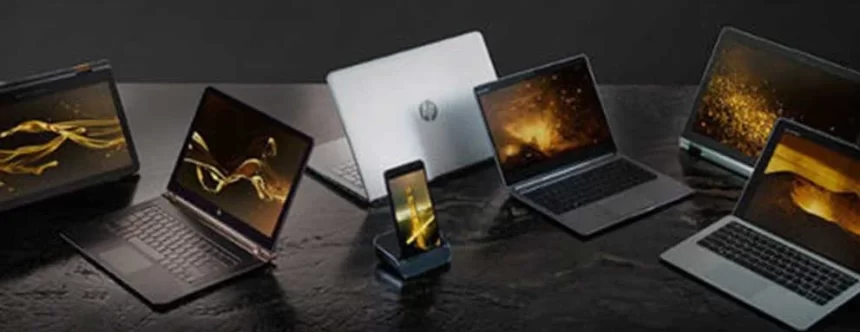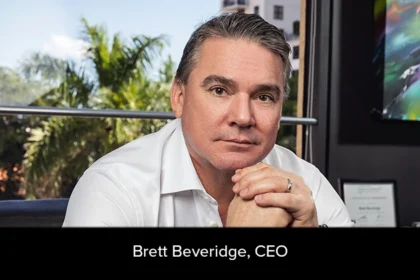At the Coachella Music and Art Festival this week, HP can add immersive art installations to the long list of Workstation-powered creativity.
HP partnered with visual artists Android Jones and Eric Paré at Coachella, where they’ve installed mind-blowing, immersive installations for festival-goers to experience at the HP Antarctic dome and the HP Lounge.
At the heart of both of the art experiences are HP Workstations, which brought powerful technology to the artists’ fingertips.
Painting with light
Photographer Eric Paré tapped HP Workstations to create an interactive “light painting” installation called “Kinetic Art.”
His technique involves using dozens of high-speed cameras to capture moving light trails against a dark background. The composite images, taken in 120 degrees around his subject, creates dynamic shapes in an explosion of color for a one-of-a-kind photo.
His technique involves using dozens of high-speed cameras to capture moving light trails against a dark background. The composite images, taken in 120 degrees around his subject, creates dynamic shapes in an explosion of color for a one-of-a-kind photo.
Capturing each image required a custom rig made up of some 28 cameras and two HP Workstations, which Paré said “made the whole experience super-smooth.”
“No matter how optimized is our software, there’s a lot of processing going on here,” he said. “HP gave us the best performance we’ve ever had so far.”
Enter the Antarctic
The centerpiece of HP’s Coachella experience is housed inside 60-foot tall geodesic dome, dubbed the “Antarctic,” that brings digital artist Android Jones vision to life.
Festival-goers can lounge on bean bag chairs inside the dome and watch an 8-minute show that combines animated digital art and music in a sequence that’s right out of Jones’ imagination.
He describes it as a journey of colorful, shifting, organic shapes that starts with molecular imagery that slowly builds on itself to form more complex objects, including a massive eyeball. The second half of the piece is a visual trip where the viewer is “flying through this interdimensional kaleidoscope and merry-go-rounds of archetypes, shapes and faces,” according to Jones, who describes himself as an “electro-mineralist.”
Creating this 360-degree experience inside the dome—the largest installation of this type for Jones—took a massive amount of computing power to render the images projected onto the dome, which covered some 11,000 square feet.
Jones estimates each image had to be about 8,000 by 15,000 pixels in size in order to project them on the interior of the dome at 60 frames per second, a feat he described as the “highest output we have worked with.”
“We had to create huge map images to render out the frames and create the full-dome, immersive experience,” Jones said. “We needed to be working at the highest level of computation and we needed some really powerful workstations to render it within the timeline. That was made possible by the HP machines.”
In a separate installation inside the HP Lounge, Jones tapped HP’s OMEN gaming computers to create a more intimate experience with his art. In this installation, festival-goers could don VR headsets to manipulate and interact with a shorter version of what was playing on a loop in the Antarctic dome.
Jones and his tech team rendered art using the latest NVDIA graphics processors cranking at astonishing speeds—some 11 teraflops, or about 11 trillion calculations per second—to generate a VR experience that can trick the human brain into thinking computer-generated imagery is real.
Jones, who’s toured with music festivals for more than a decade, said that if his audience has one thing in common, it’s that “people want to get their minds blown and they want to see something they’ve never seen before,” he said. “These tools enable a whole new level and dimension of creative possibilities.”
Weekend two of Coachella continues through April 23. For exclusive content, follow along on Twitter with the hashtag HPCoachella and HP.










